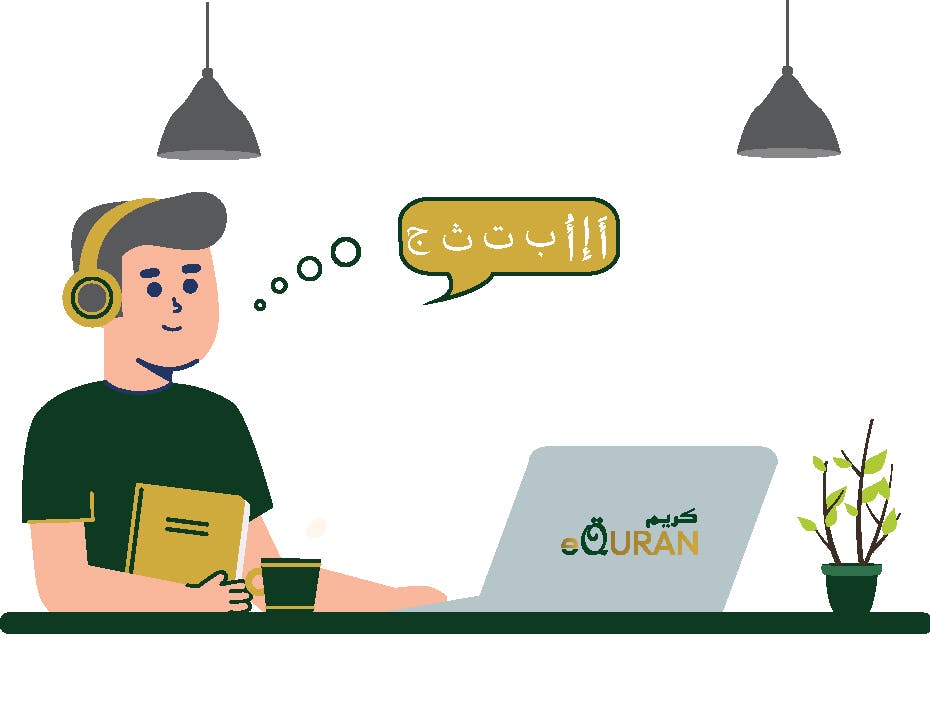
The Noorani Qaida is the foundational book for learning Quranic Arabic. In Noorani Qaida lesson 2, you will be able to connect Arabic letters to form compound letters. This lesson is important because mastering combined letters is essential to reading the Quran Pak with Tajweed.
Let’s dive deep to understand the compound or combine letters in detail.
Noorani Qaida Lesson 2– Combine Letters
Noorani Qaida Lesson 2 helps you combine the separate letters we learned in Noorani Qaida Lesson 1. Arabic Huruf (single alphabets) are joined to form combined letters or words. These words possess different sounds and pronunciations depending on the position of a letter within a word. The combined letters are also termed Mixed letters.
Noorani Qaida Lesson 2– Shapes of Arabic Huruf
The Arabic Huruf forms different shapes within a word. You should not be confused about that. Noorani Qaida Lesson 2 sets a foundation to recognize and read a letter within a different position.
You will learn about the different shapes of Arabic connected letters. This chapter requires practice and dedication from learners.
Pronunciation of Arabic Connected Letters
Mastering the correct pronunciation of Arabic connected letters is crucial, as a slight change in pronunciation can drastically change the meaning of the word. So, learners need to be equipped with correct pronunciation. Noorani Qaida Lesson 2 introduces simple to moderate words to encourage the learners to practice compound letters with fluency.
As you gained the basic knowledge about compound letters, now we will look into each letter in detail.
Alif ( ا)
Alif ( الف) is the first alphabet of the Arabic language. It can form different shapes depending on its position within the word. For example… its shape will be different when it comes to the initial, middle, and final position.
NOTE: Alif will be treated as Hamza with all Harkaat (fatha, kasra, dammah). For example ( أَ) in أَسد
(إِ) in إِبرة
(أُ) in أُمة
It means that Alif ( ا) is a letter that does not accept any of harakat (fatha, kasra, dammah) but with the presence of the hamza(ء), it accepts the Harakat and read as Hamza.
Hamza (ء)will appear above or below the Alif if there is any Harakah on it. Hamza can also appear separately. For example in نِسَآءً Hamza appears separately at the end.
Alif In Initial Position
Alif does not change its shape when it comes in the initial position of a word. For example انَا ,
Alif in The Middle Position
Alif in the middle position is written in this way… ـأ/ـا. For example, بَاب, فأس
Alif At Final Position
Alif at final or terminal position is written as( ـا) if it is not connected to any alphabet. If it is connected to any alphabet, it will be written as(ا)However, its shape may change when it comes after laam. For example, هنا, لا
The below table will help you to understand different shapes of Alif ( ا)

Above we learned about the letter Alif, its different shapes, and the special conditions with which it appears with the Harkaat.
Now we will look into other letters, their shapes in different positions within a word, and learn the pronunciation of Arabic letters in English.
The below table will assist you in understanding the different shapes of 28 letters of the Arabic language. You need to focus on each word and understand it





